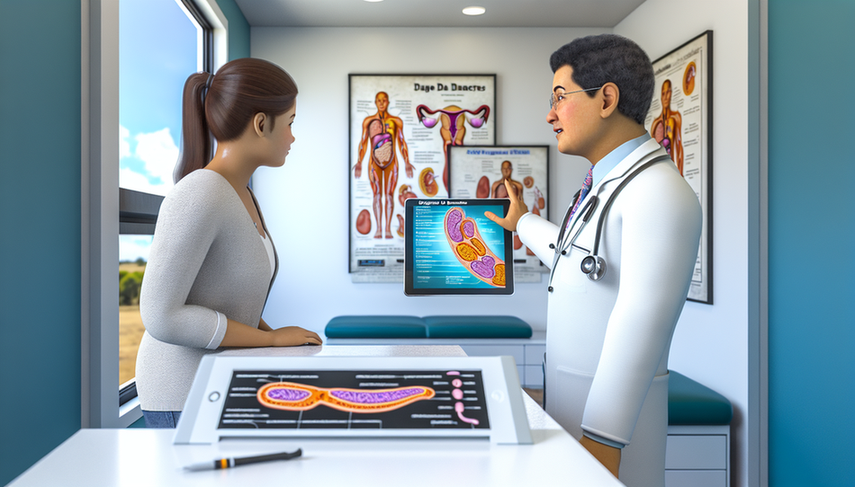Type 1 Diabetes vs. Type 2 Diabetes: Key Insights for Accurate Diagnosis of Hyperglycemia and Insulin Resistance

Diabetes mellitus is a chronic disease that presents in two main forms: type 1 diabetes and type 2 diabetes. Although both are characterized by hyperglycemia, their causes, clinical manifestations, and treatments differ significantly. An accurate diagnosis is crucial for the proper management of each type and for preventing long-term complications.
Diving Deeper into Diagnosis
Type 1 diabetes is an autoimmune disease in which the immune system attacks and destroys the beta cells of the pancreas, responsible for insulin production. This type of diabetes is often diagnosed in children and young adults, although it can appear at any age. The presence of autoantibodies is a key marker for its diagnosis. In contrast, type 2 diabetes is characterized by insulin resistance and insufficient insulin production. This type is more common in adults and is strongly associated with obesity and a sedentary lifestyle.
The differential diagnosis between both types can be complex, especially in children and adolescents, where obesity may mask the typical presentation of type 1 diabetes. According to a study, the incidence of type 2 diabetes in youth is increasing, further complicating the differential diagnosis. Additionally, there is a condition known as double diabetes, where features of both types are present, underscoring the need for a careful diagnostic approach.
The use of indirect markers of insulin resistance and the evaluation of autoantibodies are useful tools for differentiating between the types of diabetes. Accurate classification is essential for establishing an appropriate treatment plan and improving long-term outcomes.
Conclusions
The correct diagnosis of type 1 diabetes and type 2 diabetes is fundamental for the effective management of the disease and the prevention of complications. Understanding the differences in pathogenesis, clinical presentation, and risk factors is crucial for healthcare professionals. As the prevalence of diabetes continues to rise, especially among youth, it is imperative that physicians stay well-informed about the latest and most effective diagnostic strategies.
Referencias
- [1] Type 2 diabetes mellitus in children and adolescents
- [2] Double diabetes-when type 1 diabetes meets type 2 diabetes: definition, pathogenesis and recognition
- [3] Distinguishing between type 1 and type 2 diabetes
Created 6/1/2025
